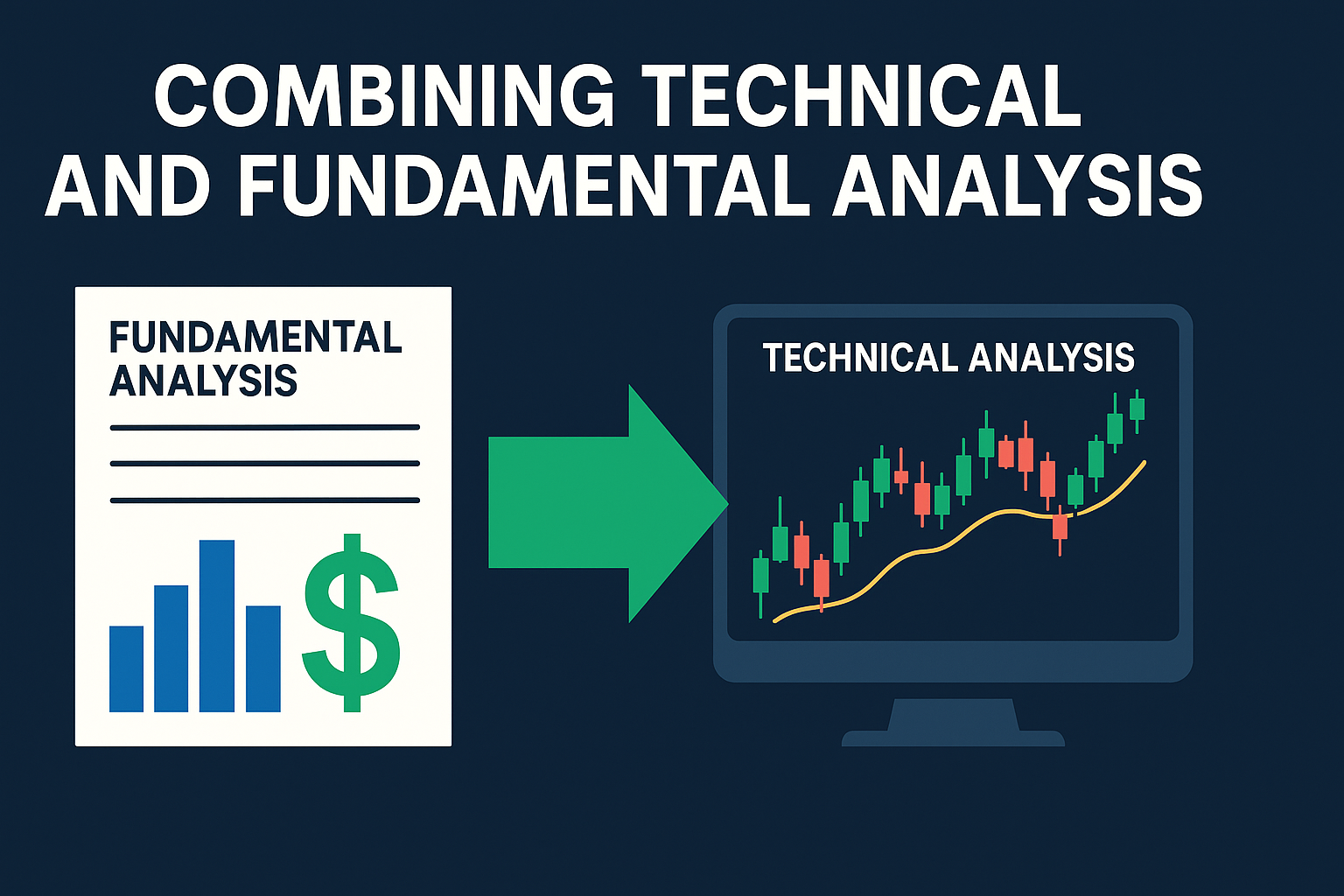Explore effective risk management strategies and insights on trading success through disciplined approaches and research-driven decisions.
Steve Cohen's trading success revolves around three main principles: in-depth research, flexible strategies, and disciplined risk management. His approach balances seizing opportunities with strict controls to protect capital. Here’s a quick overview of his key tactics:
-
Risk Management Basics:
- Focus on liquid assets for quick adjustments.
- Control leverage based on market volatility (e.g., reduce leverage when the VIX rises).
- Follow the "5-2-1" rule for position sizing:
- Max 5% in a single stock.
- Max 20% in one sector.
- Total gross exposure capped at 100%.
-
Risk-Reward Analysis:
- Combine fundamental research (e.g., revenue growth) with technical analysis (e.g., price trends).
- Use advanced stop-loss strategies like volatility-adjusted trailing stops to protect positions.
-
Dynamic Portfolio Management:
- Adjust position sizes based on market conditions and asset correlations.
-
Modern Trading Tools:
- Leverage data analysis platforms for real-time insights.
- Automate risk controls with tools like volatility-based stop-losses and position size limits.
Cohen’s disciplined framework emphasizes balancing risk and reward, making it a practical guide for traders aiming to navigate volatile markets effectively.
Stock Trading Tips And Lessons From Steve Cohen
Steve Cohen's Risk Management Basics
Steve Cohen's success is rooted in a disciplined approach to managing risk, built on three key principles: liquidity, leverage control, and position concentration management. This strategy has proven effective even during volatile markets. For instance, during the March 2020 market downturn, Point72 adjusted its positions and achieved a 9.2% return, while the S&P 500 fell by 12%.
Trading Liquid Assets
Cohen prioritizes liquidity to allow for quick adjustments with minimal market disruption. His equity positions must have an average daily trading volume of at least $10 million. This focus was critical during the 2020 market turbulence, when SAC Capital avoided low-volume small-cap biotech stocks and instead chose large-cap stocks like Apple (AAPL), which consistently traded over 15 million shares daily.
For derivatives, Cohen's criteria are equally stringent. Options require an open interest of over 10,000 contracts and daily volumes per strike exceeding 1,000. Futures positions are capped at 5% of the average daily volume. These liquidity standards align seamlessly with Cohen's leverage management strategies.
Managing Leverage Limits
Cohen adjusts leverage based on market volatility, measured by the VIX. When the VIX is between 15 and 20, leverage is capped at 2:1. If it rises above 30, leverage is reduced to 1:1.
During the March 2020 crisis, Point72 implemented the following measures:
- Reduced gross leverage from 2.8× to 1.2× within seven trading days
- Increased cash reserves from 12% to 28% of net asset value
- Paused new investments in highly volatile sectors
These adjustments, combined with precise position sizing, help mitigate risk during periods of heightened market uncertainty.
Position Size Control
Cohen's "5-2-1" rule sets clear limits for position sizing:
| Rule Component | Limit | Purpose |
|---|---|---|
| Individual Position | 5% maximum | Avoid excessive single-stock risk |
| Sector Exposure | 20% maximum | Prevent overconcentration in one industry |
| Gross Exposure | 100% limit | Manage overall market exposure |
This disciplined approach proved valuable during the 2022 tech sector decline. While the NASDAQ dropped 33%, Point72's technology exposure was capped at 18%, thanks to active portfolio rebalancing.
The firm also employs a proprietary correlation system to identify overlapping risks. For example, in 2023, the system flagged a high correlation among AI-focused holdings in NVIDIA (NVDA), Microsoft (MSFT), and ASML. This led to a 15% reduction in their combined exposure just before a broader sector correction.
Position sizing is further guided by a modified Kelly Criterion formula:
Position Size = (Account Risk %) / (Entry Price - Stop Loss)
For instance, in a $100,000 account risking 2% ($2,000) with a $10 stop-loss, the position size is capped at 200 shares. This formula ensures consistency and removes emotional bias from trading decisions, reinforcing Cohen's meticulous risk management framework.
Risk-Reward Analysis Methods
Steve Cohen's success, including an impressive 30% average net gain over two decades, is rooted in his sharp risk-reward analysis. This method builds on his strict risk controls to enhance trade selection and timing.
Combining Technical and Fundamental Analysis

Cohen's strategy blends fundamental research with technical analysis, creating a well-rounded trading approach. By examining a company's key metrics and market trends, he identifies the best entry points.
| Analysis Component | Key Metrics | Purpose |
|---|---|---|
| Fundamental | Revenue growth, profit margins, market share | Evaluate business strength |
| Technical | Price, volume, momentum | Pinpoint entry and exit opportunities |
| Market Sentiment | Economic indicators, policy changes, market events | Assess market mood and anticipate shifts |
This integration allows Cohen to uncover trading opportunities while keeping risk under control.
Data-Driven Trading
Cohen's reliance on numbers has been so impactful that, at one point, his trades accounted for 3% of the NYSE's total turnover. His quantitative approach is paired with exit strategies designed to adapt to changing market conditions.
Stop-Loss Strategies
Cohen uses advanced stop-loss techniques to protect his positions. These include:
- Technical support levels to set logical stop-loss points.
- Volatility-adjusted trailing stops to account for market fluctuations.
- Time-based exits to reduce exposure over extended periods.
High-Level Risk Control
Cohen takes risk management to the next level by implementing portfolio-wide measures designed to protect capital from market swings. These controls operate on both individual trades and the entire portfolio, helping maintain steady performance even when market conditions shift.
Dynamic Position Sizing
A key part of Cohen's approach is dynamic position sizing at the portfolio level. Building on his "5-2-1" rules, this method fine-tunes portfolio exposure by factoring in market volatility and how different assets interact. These adjustments help keep overall risk in check while still leaving room to take advantage of market opportunities.
Trading Tools for Risk Management
Data Analysis Tools
LuxAlgo's AI Backtesting platform provides AI-driven insights that align with Cohen's data-focused approach. With access to over 6 million AI-generated trading strategies, it helps fine-tune risk-reward parameters. The Oscillator Matrix toolkit adds another layer by detecting real-time divergences and tracking money flow, making it easier to spot reversals and confirm trade entries.
Risk Control Automation
Automation plays a key role in maintaining consistent risk management based on data insights. The Custom Alert Creator allows traders to:
- Set precise position size limits based on their account equity
- Use volatility-adjusted automated stop-losses
- Build multi-condition alerts to track risk exposure across various positions
For more advanced needs, the platform's alert scripting feature lets traders design sophisticated risk management systems. These systems can adapt automatically to evolving market conditions, helping traders avoid decisions driven by emotion.
Market Condition Tracking
Real-time tracking tools complement automated alerts by refining how traders adjust their risk exposure. The Price Action Concepts toolkit offers real-time analysis of market structures, keeping traders in sync with current trends. It identifies key technical patterns and market shifts, allowing for quick adjustments to position sizes and risk levels. Key features include:
- Volumetric Order Blocks: Track institutional activity and find critical support/resistance levels
- Advanced Market Structure: Spot trend changes and potential reversal points
- Pattern Recognition: Automate the identification of high-probability trade setups
These tools work together to support Cohen's disciplined approach, ensuring risk management strategies stay flexible and responsive to market changes.
Conclusion
Steve Cohen's trading strategy offers a solid framework for balancing risks and rewards in the market. His combination of bold trading moves and disciplined risk management has proven to deliver consistent results.
To apply Cohen's principles, focus on creating a structured strategy that balances seizing opportunities with protecting your capital. Leveraging modern tools and combining fundamental research with technical analysis can help traders make well-rounded decisions within this disciplined framework.
Cohen's approach is built on three core principles:
- Research-Driven Decision Making: Use a mix of fundamental analysis and technical indicators to guide your trades.
- Strict Risk Management: Implement systematic position sizing and set clear stop-loss orders.
- Specialized Focus: Develop deep knowledge in specific market sectors to gain an edge.
FAQs
What is Steve Cohen's '5-2-1' rule, and how does it help manage portfolio risk?
Steve Cohen's '5-2-1' rule is a practical guideline for managing portfolio risk by maintaining a balanced and diversified approach to trading. While specific details about this rule are not widely documented, it is often associated with structuring trades to optimize risk-reward ratios and minimize exposure to unnecessary risks.
If you're looking to improve your portfolio management, consider focusing on key principles like diversifying your trades, setting clear risk limits, and evaluating potential rewards against risks before entering any position. These strategies align with Cohen's broader trading philosophy and can help you make more informed decisions.
How does Steve Cohen adjust leverage based on market volatility?
Steve Cohen is known for his meticulous approach to risk management, which includes adjusting leverage in response to market conditions. While specific examples of his exact strategies may not be publicly available, it’s widely understood that he increases or reduces leverage depending on the level of market volatility.
In periods of high volatility, Cohen likely lowers leverage to protect against sharp market swings and potential losses. Conversely, during stable market conditions, he may increase leverage to capitalize on opportunities with lower risk. This dynamic approach helps him balance risk and reward effectively, ensuring that his portfolio remains resilient across different market environments.
How can modern trading tools and automation support Steve Cohen's approach to risk management?
Modern trading tools and automation can significantly enhance Steve Cohen's risk management strategies by providing advanced analytics, real-time data, and automated processes to identify and manage risks efficiently. These tools allow traders to monitor market conditions, set precise stop-loss levels, and execute trades based on predefined criteria, reducing emotional decision-making.
By leveraging automation, traders can also optimize their risk-reward ratios by systematically analyzing historical data, testing strategies, and adjusting positions in response to market changes. This aligns with Cohen's principles of disciplined risk management and making data-driven decisions to maximize potential rewards while minimizing losses.








